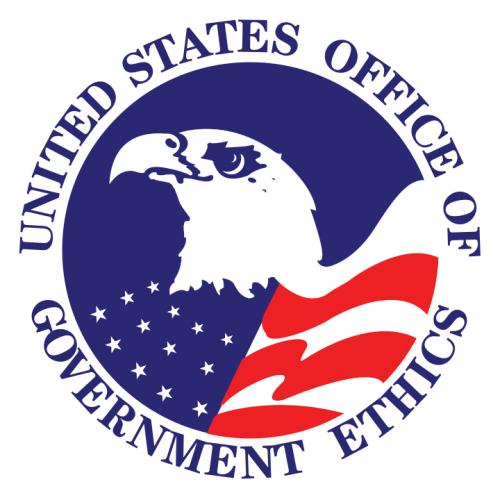With just over six months to go until the Iowa caucuses, news organizations are already speculating about what the Bush or Clinton or Trump Sanders administrations might look like. Though it might seem premature, their impulse is the right one. After the winner of the 2016 presidential race is announced in November of that year, the new President-elect will have just under three months to build his or her new government. From choosing cabinet members and key White House staff to setting the policy agenda and dealing with unanticipated crises, the presidential transition process is a huge undertaking, and one that requires much more advance planning than it is usually given.
Acknowledging the short timetable that surrounds the presidential transition process, on July 31 the Senate passed the “Edward ‘Ted’ Kaufman and Michael Leavitt Presidential Transitions Improvements Act of 2015.” If passed by the House and signed into law, this bill would require the president to establish a “White House Transition Coordinating Council” six months prior to the presidential election. This council would work with transition representatives for both candidates to prepare for the challenges that will lie ahead.
Under the new bill, the President would also be tasked to create an “Agency Transition Director’s Council.” This council would ensure that federal agencies function effectively through the transition. Again, transition representatives for each candidate would work with a group of senior representatives from the agencies, planning leadership changes and identifying potential obstacles.
Additionally, agency directors would designate “acting officers” for all essential non-career positions. In the event that these positions become vacant during the transition, a career civil servant from the agency will take over as “acting officer” until a replacement is appointed.
The Bush to Obama transition was one of the smoothest in history, and this bill reflects the best practices learned from that experience. (Full disclosure: one of the co-authors of this blog, Eisen, was the deputy general counsel of the Obama transition.) The Bush administration was ready early to work with the transition teams for both major party candidates. It offered a model of organization and cooperation with both campaigns well before Election Day. Once the election was decided, that engagement intensified, with constant contact and seamless teamwork between President-elect and his team and President Bush and his. Indeed, even after Election Day, many Bush appointees were asked to and did stay on longer in order to give the administration more time to find suitable replacements (See, e.g. Burke, p.594).
The Obama administration will undoubtedly “pay it forward” and meet those same high standards in addressing the upcoming transition. Nevertheless, codifying recent best practices as law makes eminent sense now, while we are all paying attention to the upcoming election—and knowing a future administration may not be as cooperative unless required by law. Although Inauguration Day 2017 may seem far off, there is actually not a moment to spare for this important legislation to proceed.






Commentary
Transition 2016: It’s never too early to start planning
August 11, 2015